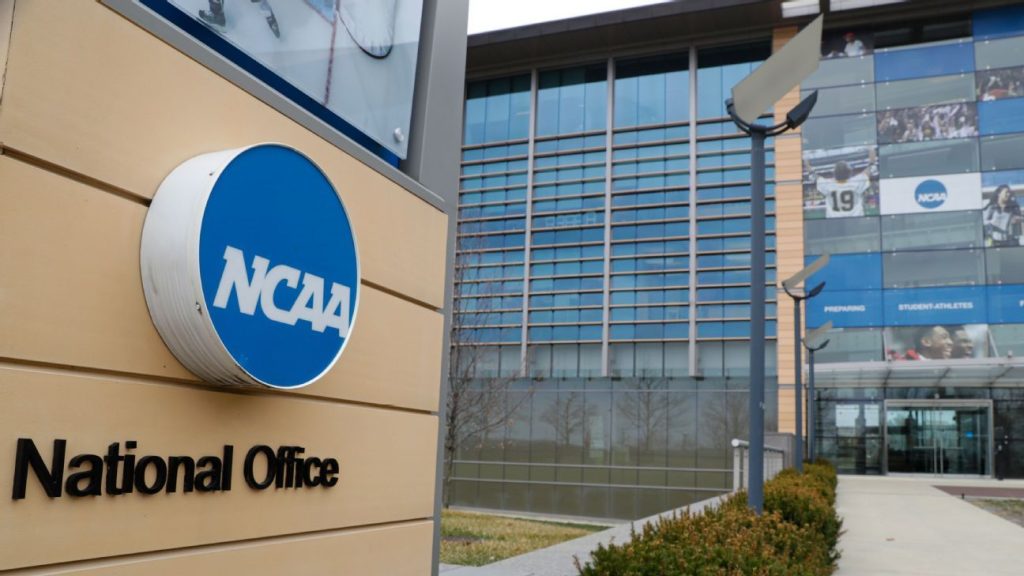Transformative Changes in College Sports
On Friday night, college sports underwent significant transformation as institutions are set to start compensating athletes directly in less than a month. This change comes from a legal settlement recently approved by federal court, with Judge Claudia Wilken noting that this agreement will lead to “ground-breaking changes in NCAA regulations governing student-athlete compensation.”
Background of the Legal Battle
The struggle for players to claim a share of the lucrative college sports industry has been ongoing for over two decades. Friday’s decision is viewed by both players and administrators as a starting point, emphasizing that this is not the end of the journey for college sports reform.
Key Financial Details
Beginning July 1, schools will have the option to allocate approximately $20.5 million in new payments for their athletes, based on a formula limiting athlete payments to 22% of the average annual revenue generated by FBS schools. This limit is expected to increase over the 10-year duration of the settlement.
Continued NIL Opportunities
Athletes will retain the right to monetize their name, image, and likeness (NIL) through various deals. However, a newly formed organization called the College Sports Commission aims to prevent these NIL agreements from being misused as additional salaries. Despite this, teams are already partnering with booster collectives to enhance disclosed NIL payments.
Ongoing Legal Challenges
The settlement resolves several federal antitrust lawsuits but fails to eliminate the myriad legal issues afflicting the NCAA’s operational structure. Current contracts with athletes may bolster arguments for recognizing college players as employees, challenging existing NCAA rules.
Future Implications for NCAA and Players
NCAA president Charlie Baker emphasizes the importance of new legislation to address the remaining legal challenges and maintain control over athlete payment structures. Meanwhile, athletes advocate for collective bargaining as a means to secure their rights, as they are currently unable to form unions.
Conclusion
Notable figures, including Sedona Prince, who helped lead one of the lawsuits, view the settlement as a stepping stone for increased athlete representation and rights. As stakeholders begin to navigate the new landscape of college sports, the next phase of this evolving dialogue will undoubtedly unfold in court and in Congress over the coming years.



